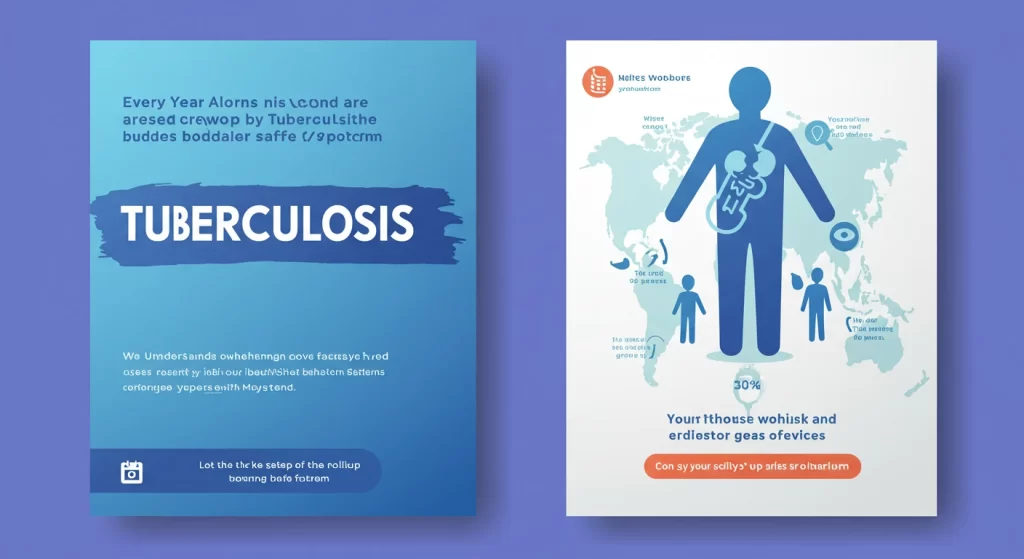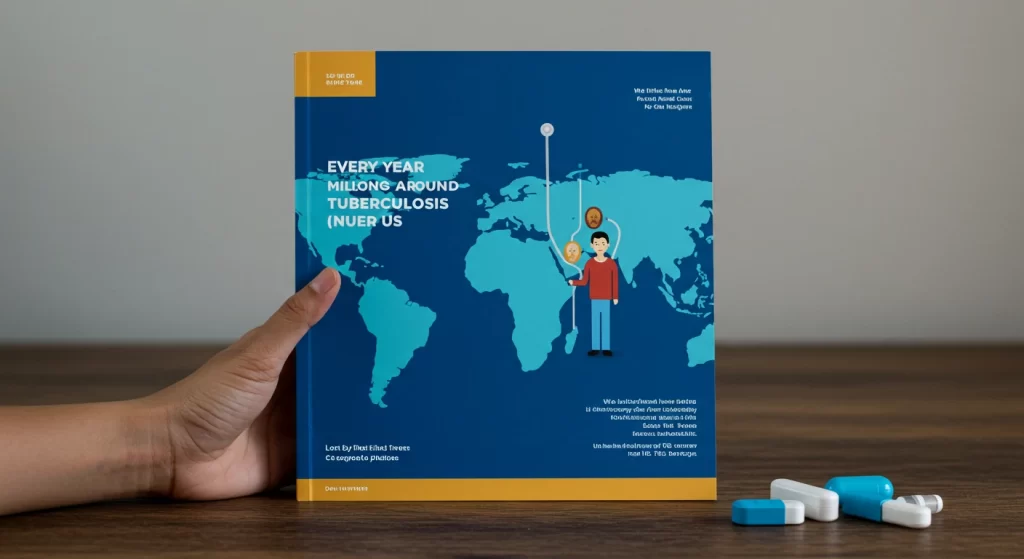Learn how urgent action on Tuberculosis (TB) can restore global services and save lives. Discover strategies, challenges, and effective solutions now.
Every year, millions around the world are affected by Tuberculosis (TB), a disease that silently devastates communities and burdens healthcare systems. With over 10 million new cases annually and countless lives disrupted, the urgency of restoring robust TB services has never been clearer. We understand how overwhelming it can feel to confront the challenges of Tuberculosis (TB), but you’re not alone. This guide will empower you with the knowledge and tools to understand the global crisis, its causes, and the vital strategies needed to tackle it. Let’s take the first step together toward a healthier, safer future!

Global TB Crisis: Urgent Call for Action
The global crisis of Tuberculosis (TB) is alarming. Despite advances in medicine, TB continues to be a leading cause of death from infectious diseases. Disruptions in TB services—exacerbated by the COVID-19 pandemic—have left millions without timely diagnosis and treatment. Here are some key factors driving this crisis:
- Delayed Diagnosis: Many patients face significant delays in receiving a TB diagnosis due to limited access to healthcare facilities.
- Resource Constraints: Low- and middle-income countries struggle with insufficient funding, staff shortages, and outdated equipment.
- Stigmatization: Social stigma often prevents individuals from seeking care, worsening the spread and impact of TB.
This urgent call to action by the World Health Organization (WHO) aims to re-establish comprehensive TB services worldwide. The message is clear: immediate intervention can save lives and prevent the further spread of this deadly disease.
How COVID-19 Disrupted TB Treatment Worldwide
The COVID-19 pandemic has had a profound effect on global health, and Tuberculosis (TB) services were not spared. Lockdowns, reallocated healthcare resources, and overwhelmed systems led to significant disruptions:
- Reduced Access: Many TB clinics closed or operated at reduced capacity, leaving patients with limited access to essential services.
- Diagnostic Delays: COVID-19 testing took priority in many areas, delaying TB diagnosis and treatment.
- Interrupted Supply Chains: Essential medications and diagnostic tools became scarce, further complicating patient care.
These interruptions have reversed years of progress in TB control, leaving millions at risk and intensifying the need for rapid, coordinated responses.
Millions at Risk Without Proper TB Services
Without consistent and comprehensive TB services, millions of people remain at risk. The impact extends beyond individual health to entire communities and economies. Consider the following:
- Increased Transmission: Delays in diagnosis and treatment allow TB to spread unchecked in densely populated areas.
- Economic Burden: TB-related illness reduces workforce productivity and increases healthcare costs, burdening families and national economies.
- Vulnerable Populations: Children, the elderly, and those with compromised immune systems are particularly susceptible to severe TB complications.
Addressing these risks means prioritizing TB services as a fundamental component of public health initiatives worldwide.
WHO’s Strategy to Combat Tuberculosis
In response to the growing TB crisis, the WHO has developed a comprehensive strategy to restore and strengthen TB services globally. Key components of this strategy include:
- Enhanced Surveillance: Implementing advanced data collection and monitoring systems to quickly identify TB outbreaks.
- Improved Diagnostics: Expanding access to rapid diagnostic tests to ensure early and accurate detection of TB cases.
- Integrated Healthcare Services: Coordinating TB services with other health programs to streamline care and maximize resources.
- Community Engagement: Educating communities about TB prevention and reducing the stigma associated with the disease.
By focusing on these areas, the WHO is working tirelessly to create a future where effective TB care is accessible to everyone.
Strengthening Healthcare Systems for TB Patients
A resilient healthcare system is critical to effectively managing Tuberculosis (TB). Strengthening these systems involves several targeted actions:
- Training Healthcare Workers: Investing in education and training ensures that healthcare professionals are well-equipped to diagnose and treat TB.
- Expanding Infrastructure: Building and modernizing clinics, laboratories, and hospitals to meet increasing patient needs.
- Ensuring Medication Availability: Establishing reliable supply chains for essential TB medications and diagnostic tools.
- Policy Support: Governments must implement policies that prioritize TB care and allocate sufficient funding for these initiatives.
These steps are essential to empower healthcare providers and ensure that every patient receives the care they need.
Funding and Innovation for TB Eradication
Addressing the TB crisis requires not only commitment but also innovation and investment. Funding and research play a pivotal role in eradicating TB:
- Research and Development: Investing in new vaccines, diagnostic tests, and treatments can transform TB care.
- Public-Private Partnerships: Collaborations between governments, non-profits, and the private sector are crucial for pooling resources and expertise.
- Global Funding Initiatives: International organizations and donors must work together to ensure that funds are allocated where they are needed most.
- Innovative Technologies: Leveraging digital health tools and artificial intelligence can improve diagnosis, treatment adherence, and patient outcomes.
These initiatives drive progress and offer hope for a future free from Tuberculosis (TB).
FAQs About Tuberculosis (TB)
Q: What are the main causes of Tuberculosis (TB)?
A: TB is primarily caused by the bacterium Mycobacterium tuberculosis, which spreads through the air when an infected person coughs or sneezes.
Q: How did COVID-19 affect TB services?
A: The pandemic disrupted TB diagnosis, treatment, and supply chains, leading to delayed care and increased transmission.
Q: What is WHO’s role in combating TB?
A: The WHO provides strategic guidance, enhances surveillance, improves diagnostics, and supports integrated healthcare services to combat TB globally.
Q: How can individuals protect themselves from TB?
A: Regular screenings, vaccination (where available), and awareness of TB symptoms are key to early detection and prevention.

Conclusion
Every step you take toward improving global Tuberculosis (TB) care is a victory worth celebrating. With a coordinated global effort and a strong commitment from governments, healthcare providers, and communities, we can restore and enhance TB services worldwide. You have the power to create lasting change—share this guide with someone who might benefit from it, or reach out to a trusted expert for guidance. Together, we can build a healthier tomorrow.
If you’re concerned about TB or know someone at risk, know that help is available. Consult a healthcare professional or local support group for personalized advice. You deserve support, and every action counts in the fight against TB.

